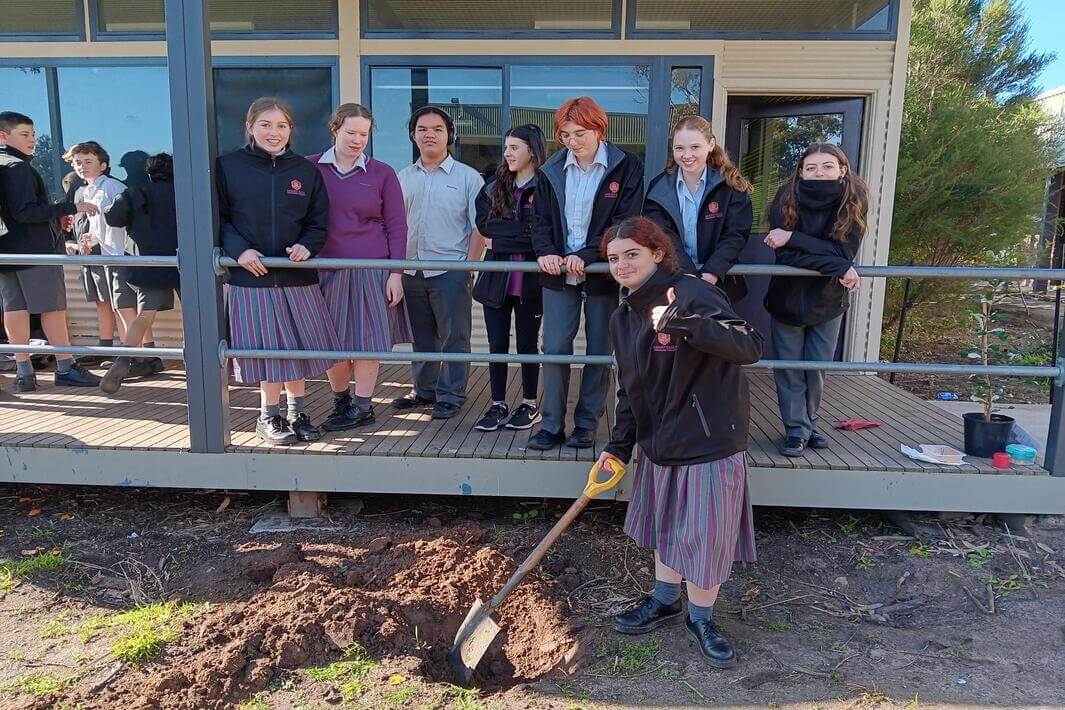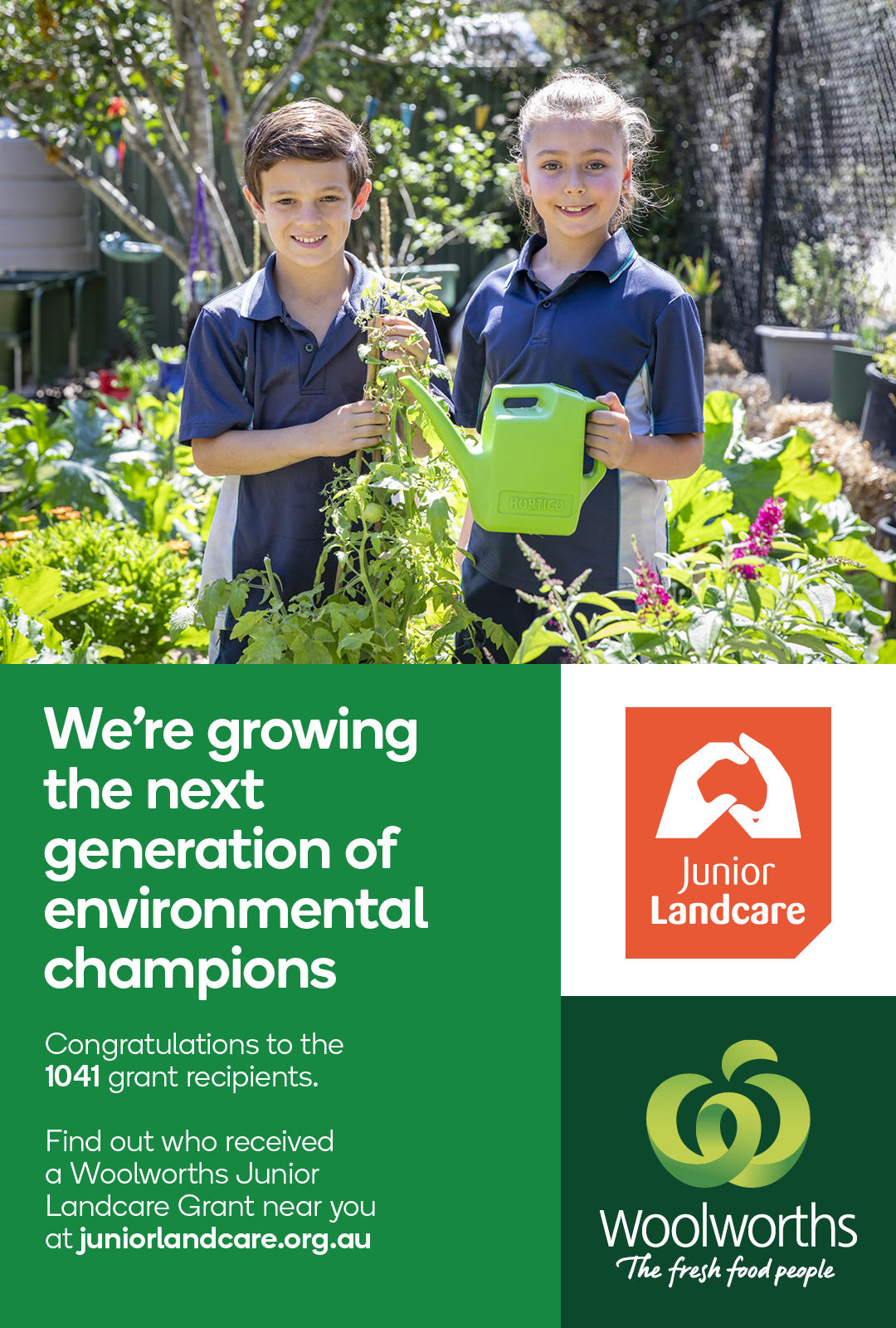CASE STUDY

Age Groups: 13-18
Grant Name: 2022 Victorian Junior Landcare and Biodiversity Grants
School: Mount Eliza Secondary College
Grant Sponsor: Department of Energy, Environment and Climate Action
Project Overview
Located on the land of the Boonwurrung people, Mount Eliza Secondary College put their 2022 Victorian Junior Landcare and Biodiversity Grant towards creating real and lasting connections with local First Nations people. They did so through the collaborative building of a native kitchen garden and indigenous garden resting place. Their project also sought to increase the biodiversity of local species in the college gardens by producing pollen and seeds to help keep the increasingly threatened local species gene pool alive.
Educational Outcomes
Willum Warrain ('home by the sea') Indigenous representatives visited the college at the outset of the project – providing information on suitable plants to put in the ground, their uses and growing conditions needed to help the plants flourish.
Students also conducted biodiversity audits on the proposed site, discovering a bush rat living in the area as well as an abundance of insect life. Next, they carried out bird audits to help plan for the types of plants needed to support and attract native birds to the school grounds. The bird audit was such a hit that the students were inspired to join the Birds in School’s program, now regularly identifying and recording the sightings various birds around the College.
Environmental Outcomes
Students, parents and staff worked together to prepare the site, undertaking a thorough clean-up of the entire garden space. A local large machine operator was also employed to level the ground.
In total, the project saw 120 plants purchased, with the school using National Tree Day as the ideal opportunity to get the plants into the ground.
The plants were purchased after some students visited Cranbourne Gardens, spending much time researching suitable plants to select; others visited local nurseries also gathering excellent ideas about the types of food plants to use.
“We also had a visit from our local Shire representative who donated some shrubs and trees to us and provided us with the up-to-date listing of plants that are indigenous to the area,” said Mrs. Marcia Claringbold, a teacher at the school. “We were originally part of a grassy woodland area so students are working on how we might replicate this type of area in part of our college grounds.”
Conclusion
“Our students have been leaders in this project from the outset. They advocated for the area to be rejuvenated and have been the designers of the final garden space. During the project, they have learnt a great deal about soil preparation, laying edging, making retaining walls, and plants they wanted to include in the garden,” shared Mrs. Claringbold.
“They have produced detailed planning documents and measurements for the purchase of edging, sleeper retaining walls and have calculated soil requirements as well as provided costings for the project as it has evolved. All of this has led to them being heavily invested in the garden and I am sure they will continue to be as it grows and produces the bush tucker they have chosen and planted.”
Moving ahead, the school is looking to add QR code signage about the plants once they have been fully established, linking the whole school community to stories and further information about some of the plant's native to the area.
 Teachers & Educators
Teachers & Educators Youth or Community Groups
Youth or Community Groups